See also:
- Phytophthora blight on beans (LIHREC website)
- Phytophthora blight in cucurbits (LIHREC website)
- Phytophthora blight on eggplants (LIHREC website)
- Phytophthora blight on peppers (LIHREC website)
Introduction
Phytophthora blight causes fruit rot, rapid wilting, and plant death in many vegetables. The host range includes cucurbits such as melon, cucumber, pumpkin, and squash, the Solanaceae including peppers, tomato, and eggplant, legumes such as snap bean and lima beans, and weeds such as wild night shades, purslane, and Carolina geranium. Fruit rot is more common on pumpkins, winter squash, cucumbers, and melon, while root and crown rots are more common on peppers and summer squash. It is important to know how to prevent the disease from infecting your vegetables, as well as how to manage the disease after infection.
Causal Agent
Phytophthora blight is caused by the water mold Phytophthora capsici. The “powdered sugar” on infected plants is actually made up of millions of lemon-shaped spores that release smaller swimming spores in water. Neither of these spores can survive the winter in New York, but both are very important in the spread of Phytophthora blight during a growing season. They can only be produced when two different types of P. capsici (called A1 and A2) come in contact with each other. Unfortunately, this is common in New York fields.
Symptoms
Phytophthora blight often appears first in low or flooded parts of a field as systemic wilting of the plant. It is sometimes accompanied by a shriveling of the crown, and fruits may develop soft spots, then “melt.” When humidity is high, fruits, stems, crowns, or leaves may become covered with spores.
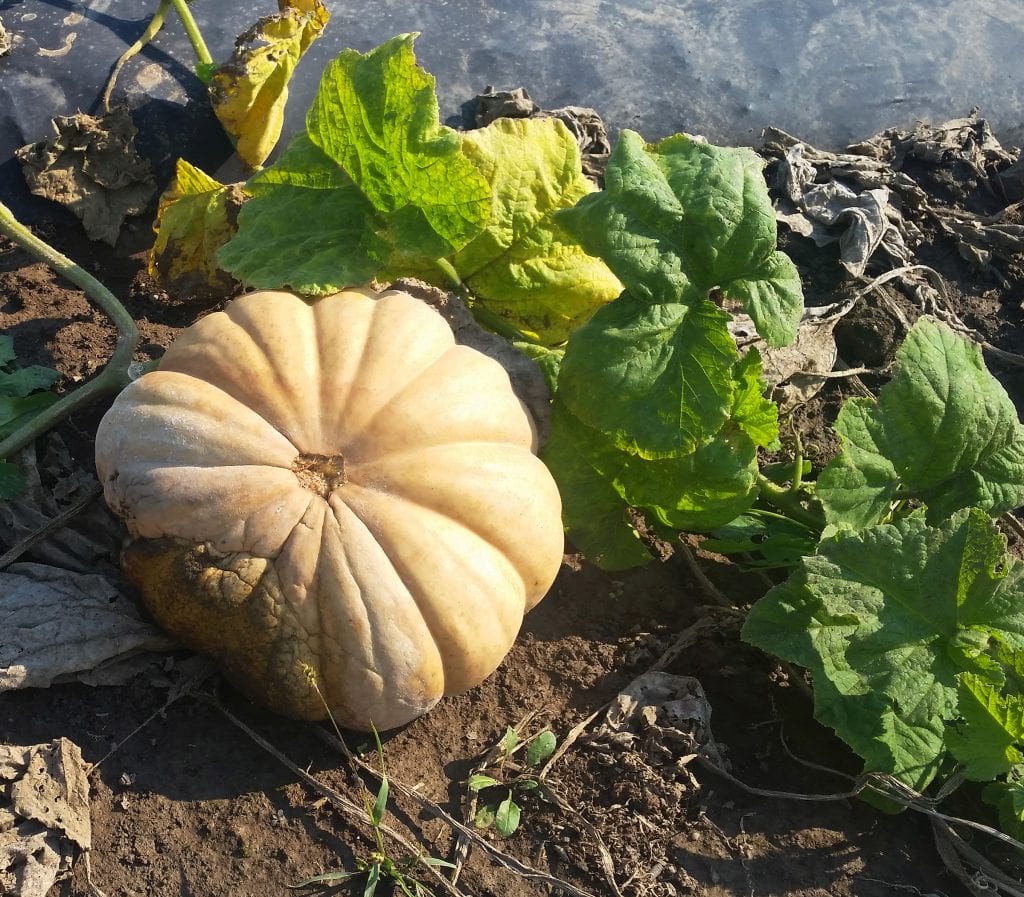
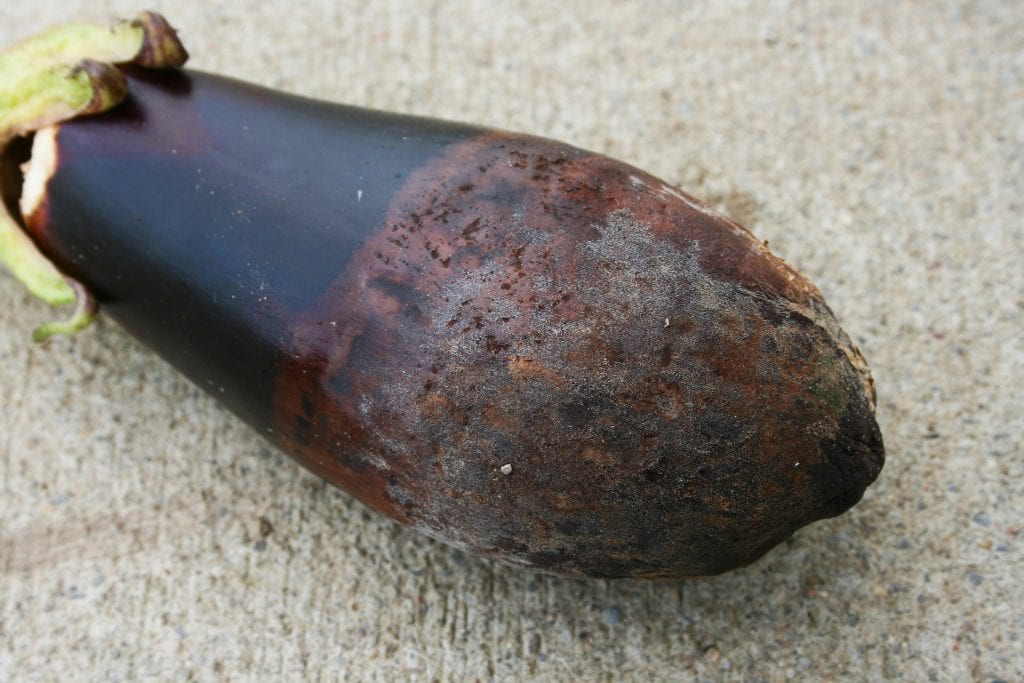
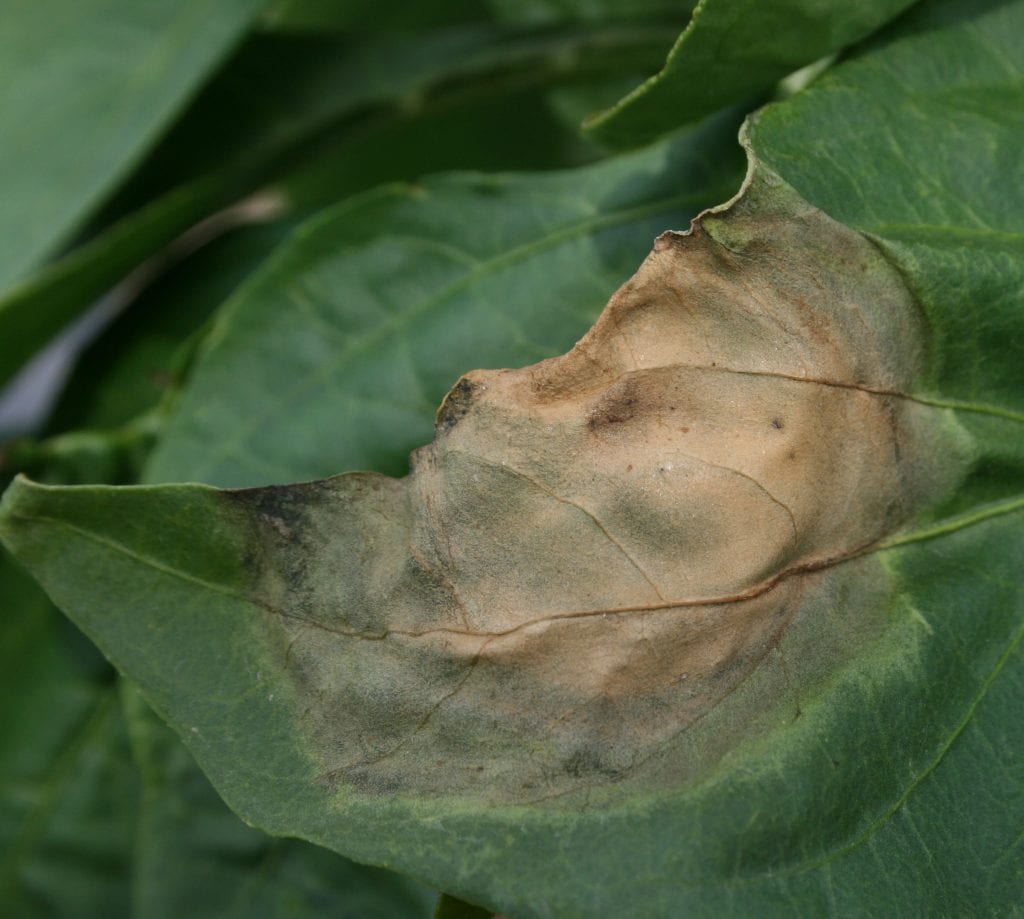
How the pathogen spreads
Spores of P. capsici cannot be blown between or within fields. Short-lived spores can be moved long distances (more than 200 feet) through standing water in a field caused by heavy rain, poor drainage, or over-irrigation. They can also be splashed to aerial parts of plants or between plants by heavy or wind-blown rain. Essentially, these spores will move wherever water moves, including draining into surface irrigation sources like streams or ponds, from which they can be spread throughout entire fields, or from one farm to another within a watershed. Swimming spores are attracted to plant roots as they move through water.
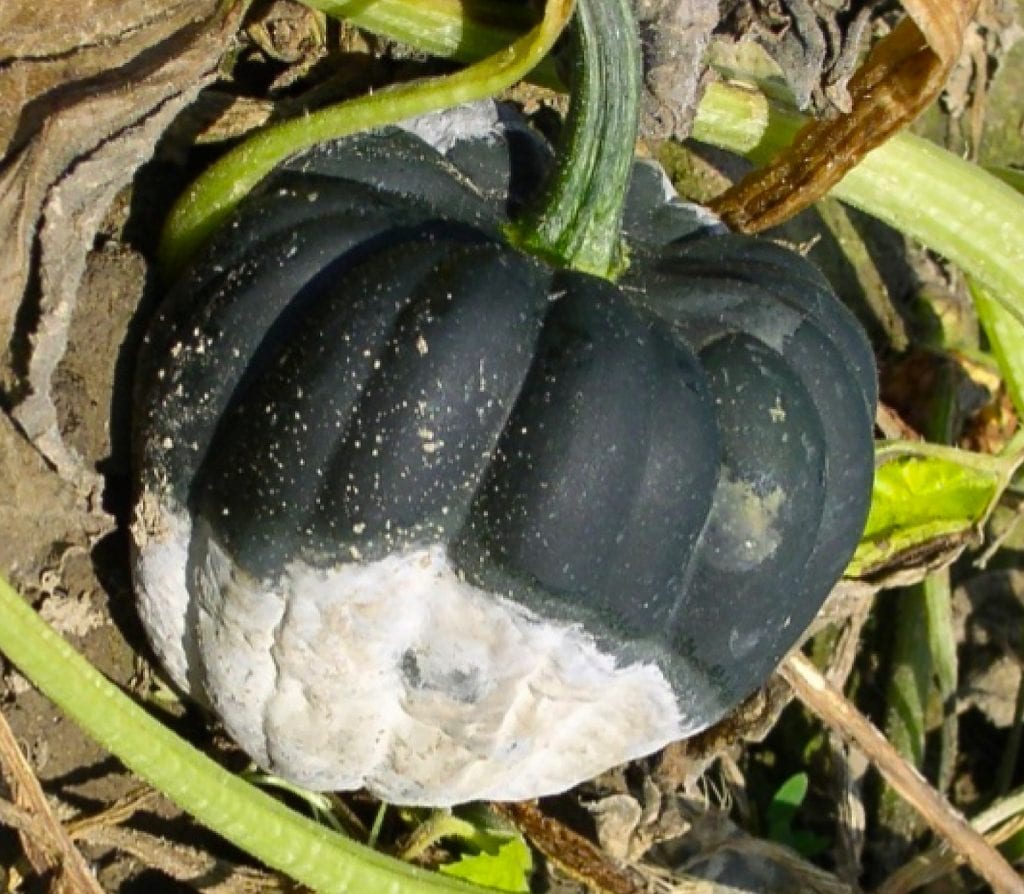
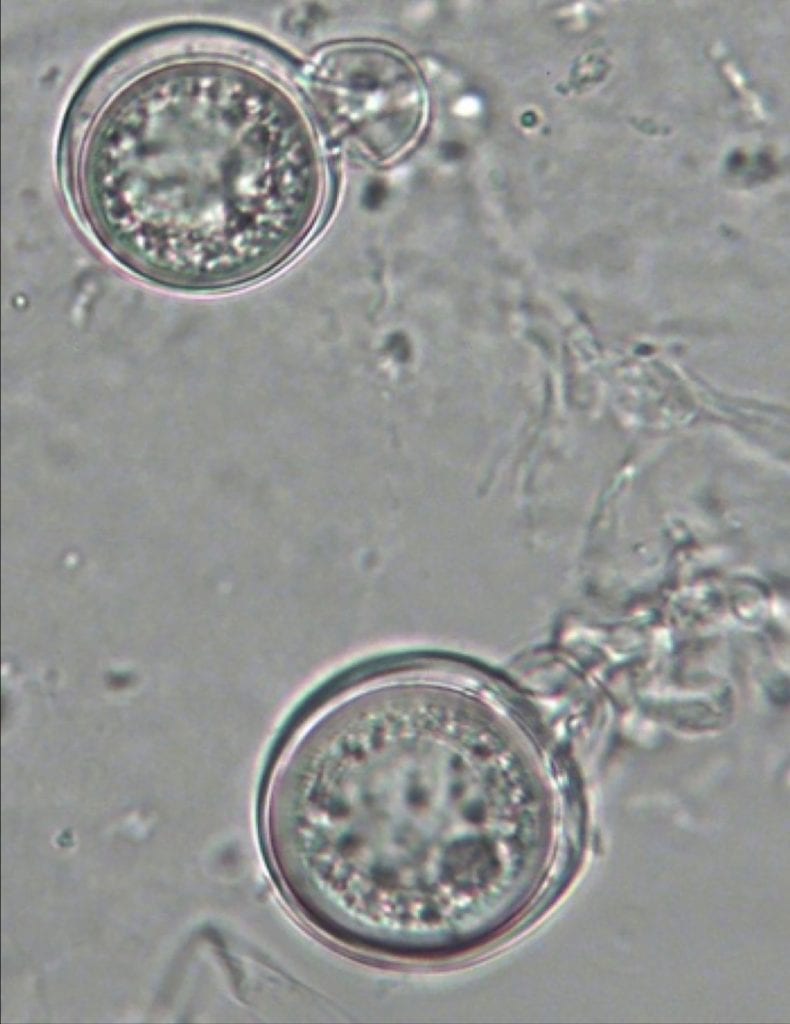
Long-lived spores in the soil can be moved throughout or between fields when soil clings to tires and tillage equipment. They are also moved long distances in infected plant material, especially cucurbit fruits which may appear healthy at harvest, but rot within several days. Human transport of infected plant material is the most likely cause of the long-distance movement of Phytophthora blight in New York. This means that there are many things we can do to prevent the introduction of this devastating disease into new fields.
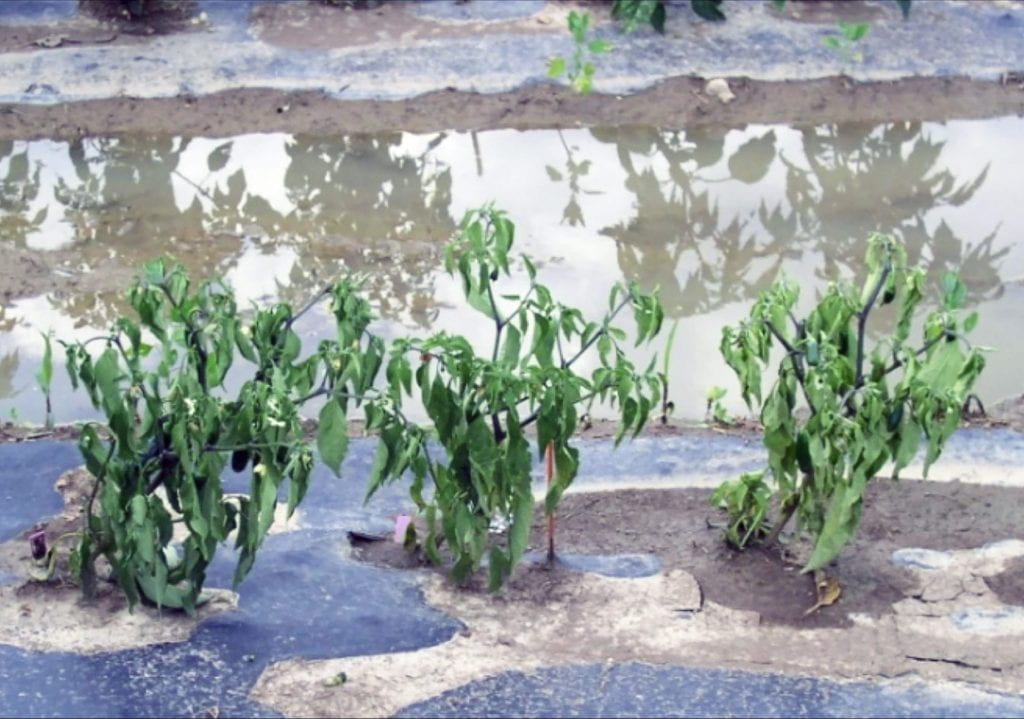
Management
If you don’t have Phytophthora blight yet:
- Never dump culled fruit or plants into production fields
- Know where your irrigation water comes from, and use un-infested water
- Obtain compost from a trusted source
If you already have Phytophthora blight:
- Promote good drainage and do not over-irrigate
- Grow bushing cucurbits, tomatoes, peppers, and eggplants on raised beds
- Plant tolerant sweet pepper varieties
- Rotate (watch your weeds!)
- Dispose of culled fruit or infected plants in a sanitary landfill, or by burying them
- Prevent spread around your farm or into irrigation sources
- Rogue infected plants and harvest early from an infected field
- Use chemical fungicides according to the label
More information
- For more information, please contact: Chris Smart – cds14@cornell.edu
- This page was created by Martha Sudermann – mas835@cornell.edu


